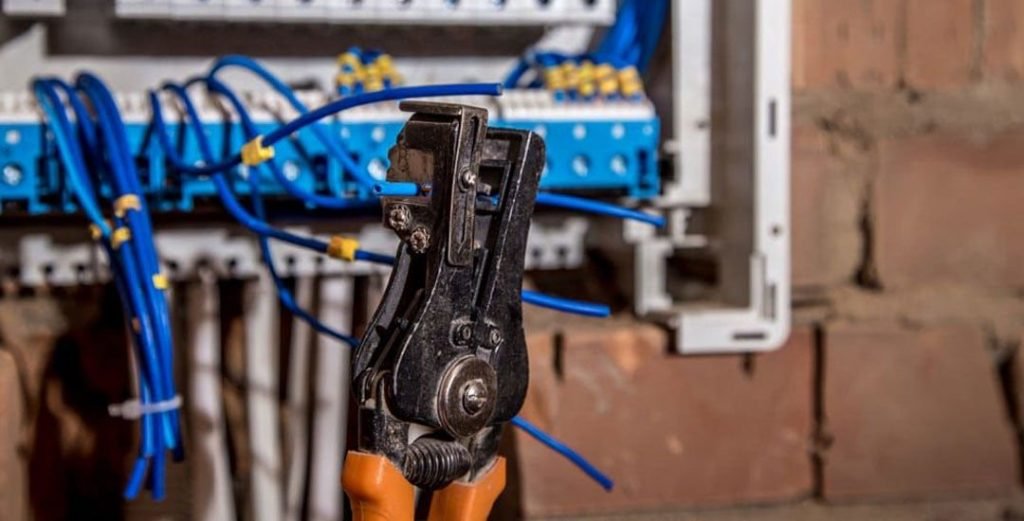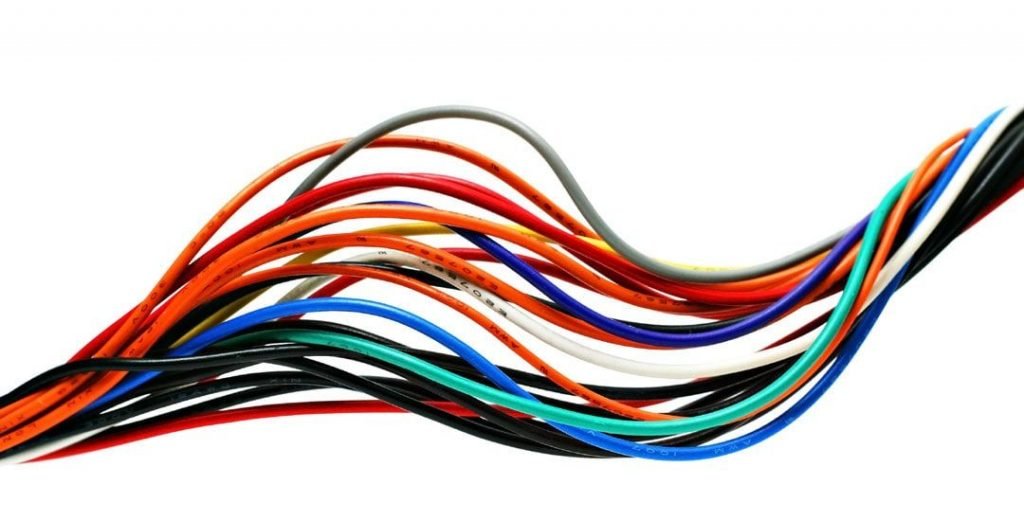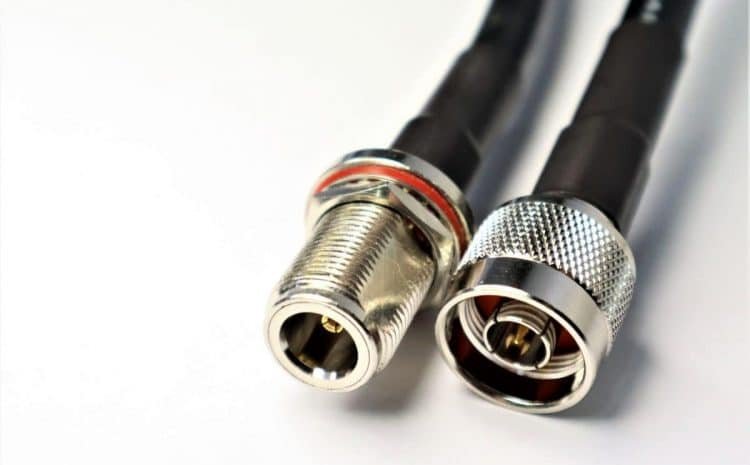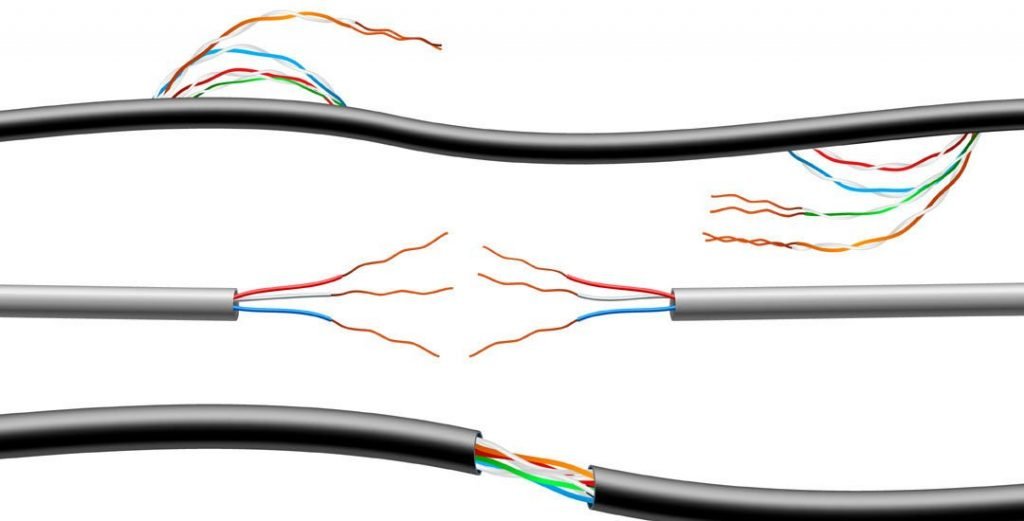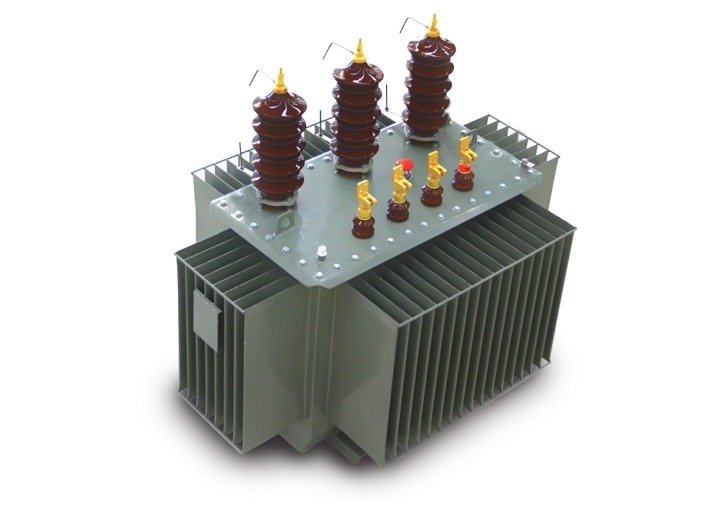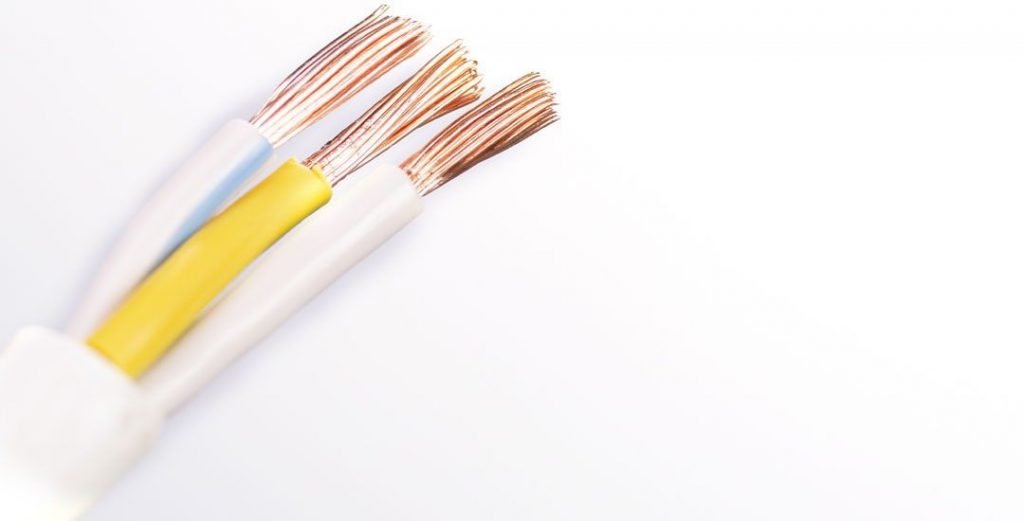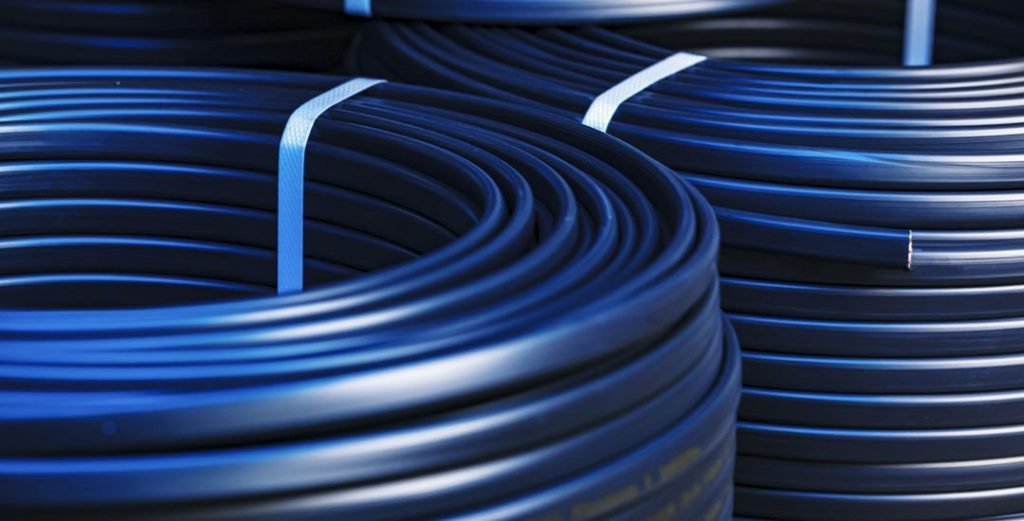
Why is Using Halogen Free Cable Important? Halogens are reaction-prone nonmetals in group 7A in the periodic table and are found in nature as minerals, not elemental. At room conditions, iodine is solid, fluorine and chlorine are gas, and bromine is liquid, and they are known as poisonous and dangerous nonmetals. Halogen-free material means material that does not contain these nonmetals.
If any halogen-containing material is burned, HCl, or hydrochloride, is produced. Hydrochloride, which combines with gases in the air, produces hydrochloric acid, which is very harmful for human health. Therefore, halogen-free cables, in other words, halogen-free cables, should be used in electrical panels. Risk to human health can be prevented since halogen-free cables do not generate toxic gas when exposed to a fire.
What is Halogen Free Cable?
It can be easily said that the cables, which we use in almost every field today, have a very important role in ensuring the safe transmission of electrical energy. In order to create safe living spaces, the usage area of the cable should be determined and attention should be paid to the suitability of the materials used in cable production.
Halogens, which have a wide range of uses from disinfection applications to electric lamps, are nonmetals that are prone to chemical reactions. Cables containing halogen cause harmful gases such as carbon dioxide, carbon monoxide and hydrochloric acid to emerge as a result of their interaction with heat. For this reason, cables produced using halogen-containing materials can cause very dangerous consequences for human health in case of any fire.
Cables called halogen free are produced using materials that do not contain dangerous nonmetals. Black smoke and toxic gases produced by PVC cables during fire do not occur in halogen-free cables. At the same time, halogen-free cables can prevent the spread of flames thanks to their heat release reduction properties.
Halogen-free cables are one of the most preferred cable types, allowing all necessary constructions to alleviate security concerns.
What is Fireproof Cable Sheath?
Cables consist of one or more separately isolated sum of electrical conductors. The properties of a cable vary according to the material from which they are produced. The materials used in the production of the cable also have the feature of determining the resistance of the cable against moisture, flame and chemicals.
The outer sheath of the cables is generally made of the same materials as the inner bearing, such as PVC (Polyvinyl Chloride), silicone rubber, Halogen Free and Polyethylene (PE) and is the outer protective part. Halogen Free cable sheaths undertake the task of forming the defense line of the cables against flame and various chemicals.
The use of halogen-free materials in the outer sheath of the cables prevents the spread of toxic gases during fire. In addition, halogen free cable sheaths have low smoke density and have flame retardant properties. Thus, they prevent the spread of fire and play a role in minimizing possible damages.
Quality Matters in Fire Safe Cables
If the cables used are not found to meet the standards;
● Acid, toxic gas and dense smoke occur during fire,
● Due to its structural features, the fire spreads rapidly over the easily combustible cables and spreads throughout the building,
● Energy transmission to systems that are very important to continue working during a fire, such as fire, alarm and emergency support systems, is interrupted,
● Rescue and fire crews working to extinguish the fire and reduce the damage do their work under much more difficult conditions and serious accidents that may result in death may be encountered.
According to Article 83 of the Regulation on the Protection of Buildings from Fire;
During a fire, it may be necessary for the cables of the systems to remain operational for a long time. For this reason, cables must have features that can withstand at least 60 minutes and continue to work in case of fire. These cables;
● Fire control panels,
● Audible and light alarm devices,
● It can be listed as signal and supply cables going to audio evacuation system amplifiers, loudspeakers, emergency control devices.
Due to their structural features, halogen-free cables can perform the current carrying task in the cable for a certain period of time during fire. The use of halogen-free cables is especially in buildings where people are dense and where panic is possible in case of fire, and in high-rise buildings, shopping malls, schools, hospitals, hotels, theaters, movie theaters, airports, mines, subway and highway tunnels, factories, data processing centers. and similar places.
In such environments, non-flammable, fire resistant and halogen-free cable ducts that can provide the necessary dielectric properties should be used. In addition, pipes and fittings should be preferred as halogen-free.
Halogen free cables are the most important component of any alarm circuit. Fire alarm cable can be defined as a cable for signal and data transmission used in indoor fixed installations. It is often preferred to be used in main fire alarm, security and intercom systems. Shielded cables are protected from external electrical interference and ensure continuity in signal quality. Emergency safety circuits that must work for easy intervention during a fire include fire warning and alarm systems, positive pressurization fans, fire escape ladders, patient and firefighter elevators, smoke and heat fans, cables feeding fire pumps, fire water systems, announcement systems, There are emergency lighting systems.

